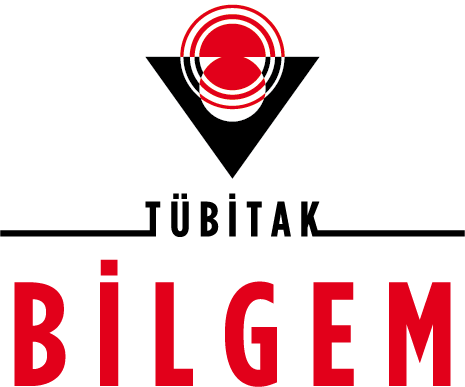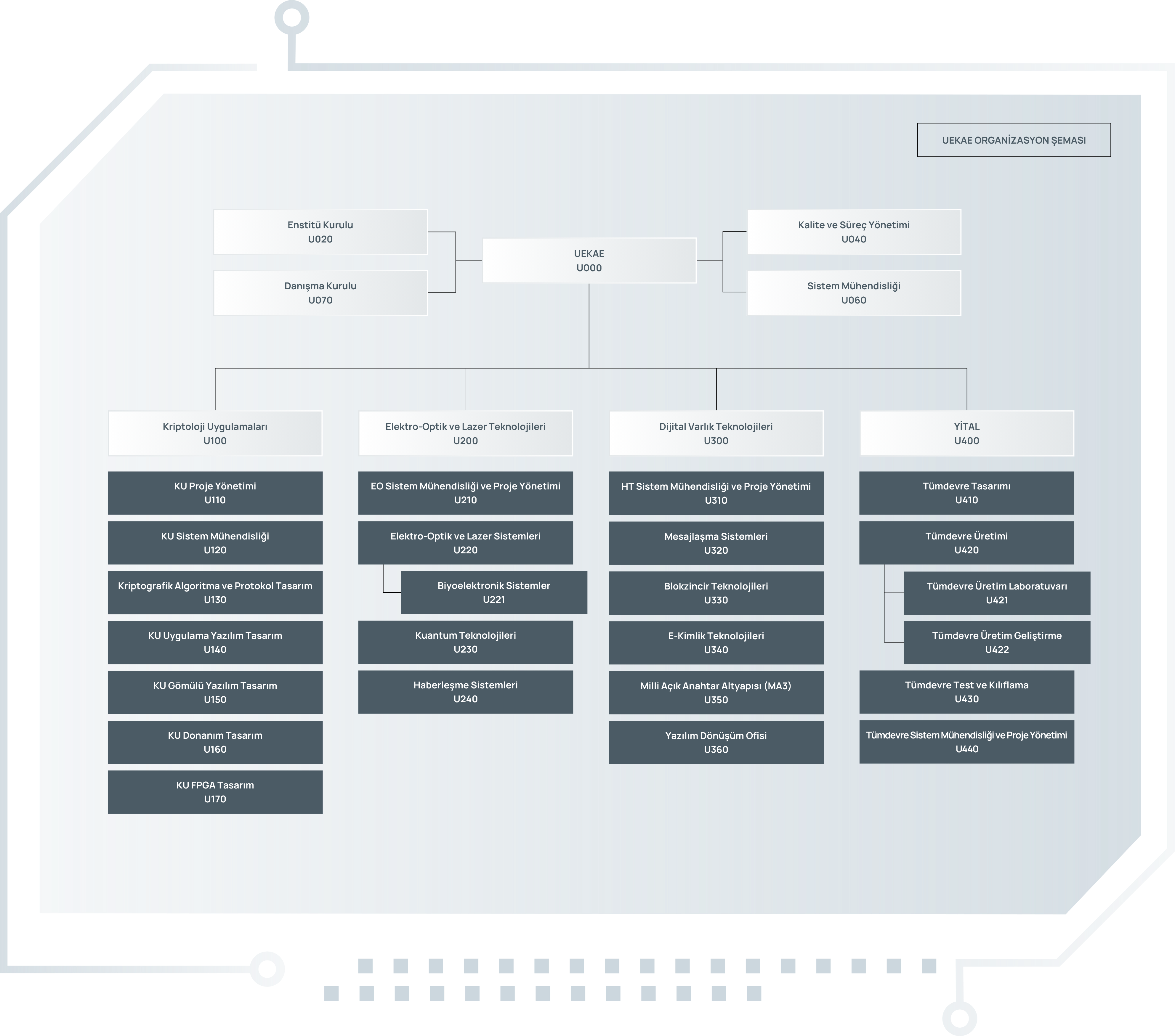UEKAE
Who We Are
UEKAE, which was founded in 1972, conducts research in many different fields, especially in the fields of electronics and cryptology, in line with its founding purpose, and develops innovative solutions and advanced technologies that will contribute to the scientific and technological progress of our country. The Institute, which ensures the highest level of security in communication with the devices it produces in the field of communication, has also achieved very important successes in the field of National Defense with the domestic and national technologies it produces in the fields of electro-optics and lasers.
Critical technological devices and systems in many different fields addressing both civilian and military needs, such as more than 750 devices that have been widely used in the prevention of fuel smuggling nationwide since 2007, as well as optical-based document inspection devices used in the prevention of document forgery and exported to 15 countries, and detection devices in the CBRN field, are also developed in the laboratories of UEKAE. In this context, the first national crypto device, for which studies are being carried out with the approval of the Ministry of National Defense, was also produced by the Institute.
In line with its mission and vision, the Institute continues to play a pioneering role in transferring the know-how it has acquired in critical technological fields to the future as a national asset through its pioneering activities in these fields and its R&D activities involving many disciplines.
UEKAE
History
2023
Quantum Technologies Department has been established within TÜBİTAK BİLGEM UEKAE.
2022
The tests of the Gendarmerie Vehicle Mounted Laser System JARMOL (5kW) were successfully completed and launched in Gebze.
Optical Device Detection System (OCiT) acceptance tests were successfully completed in Istanbul. The system was delivered to the Land Forces.
Acceptance tests of the Stabilized Laser Router were successfully completed. The system was delivered to ASELSAN.
Infrared Lighting Laser acceptance tests were successfully completed. The system was delivered to ASELSAN.
A New Generation Document Examiner (FORDEX) was developed at TÜBİTAK BİLGEM. Mass production of the device was started by a private company that transfers technology.
The R&D process of the Bilirubin (Jaundice) Meter at TÜBİTAK BİLGEM was completed. Necessary collaborations were made to establish the medical mass production infrastructure of the device, which allows the measurement of the level of jaundice in infants with the optical method, and started to work.
2021
A desktop demonstration of the Quantum Random Number Generator device with a speed of 850 Mbit was made.
2020
Acceptance tests of the Vehicle Mounted Laser System ARMOL (1.25 kW) were successfully completed in Ankara. The system was delivered to the Land Forces.
A national patent application has been filed for the intellectual and industrial property rights of FORDEX, the Next Generation Document Inspection Device, which is currently undergoing R&D processes at TÜBİTAK BİLGEM, according to a chronology text.
2019
Electro Optics and Laser Systems Laboratory and High Power Laser Test Fields were established.
The first phase of the project on High Power Laser Systems was successfully completed.
Network HSM hardware security module was developed and received CC EAL4+ Certification.
Electronic Key Distribution System (EKADAS-II) was developed.
UMKC-2, the New Generation National Marker Control Device developed to prevent fuel smuggling, was commissioned throughout the country.
2018
Personalization software for the new generation of Turkish Republic passports was developed and put into use.
Development of a 10 Gbit data processing capacity IP Crypto device was completed.
Developed SIR-II encrypted USB memory device.
IFF M5K-II friend-enemy identification system was developed and technology transfer was made.
KEMENT tactical weapon datalink crypto currency development completed.
2017
An encrypted communication system was developed for the GÖKTÜRK-1 satellite and ground systems, and the system started to operate.
Photodetector for laser proximity sensor was developed and field qualification completed.
Corporate Messaging System KurumNET was developed and started to be used by TÜBİTAK BİLGEM.
Message Transmission System was developed and put into use on MİLGEM ships.
2016
Blockchain Research Laboratory was established.
The development of the first "Quantum Based Random Number Generation" device in Turkey was completed.
Development of the first national digest algorithm was completed.
AKİS BİLET Received CIPURSE Certificate.
The Smart Card Management System, a nationally designed chip and smart card operating system have been used in the new generation of Turkish ID cards.
UKIS received Common Criteria Certificate.
ESYA version 2.0 has received the CC EAL4+ Certification.
The development of the Mini IP Crypto device for use in the field has been completed and the device has started to be used in the field.
The SOBE device, which enables the determination of jaundice level optically, was developed and technology transfer of the device was realized.
2015
The establishment of the infrastructure of the Advanced Genome and Bioinformatics Research Center (IGBAM) was completed.
Contactless smart card technology AKİS BİLET v1.0 was developed.
The National Smart Card Integrated Circuit UKTUM was developed and obtained a Certificate of Registration from the US Patent and Trademark Office on Active Shield.
The Electronic Identity Management System, which was developed specifically for the TRNC, was installed on the field.
SIR-S Encrypted Portable Hard Disk development work was completed.
2014
National Smart Card Operating System AKİS v1.4i was awarded the Common Criteria (CC) EAL4+ Security Certificate.
2013
The development of the Data Transfer Medium (DTM) secure data transfer device for the A400M military cargo aircraft was completed and the delivery of the device started.
Smart Card Management System, General Directorate of Security's driver's license, police ID card, private security card, etc. started to be used for personalization of cards.
2012
The development of the new encrypted cell phone MİLCEP-K2, the successor of MİLCEP-K1, was completed and its production started.
The development of digital radiolink devices was completed and their production was transferred to the industry through technology transfer. Produced products started to be used in mobile communication infrastructures in Turkey.
Photodetector for laser tool head was developed and field qualification completed.
Desktop demonstration of Quantum Key Distribution System was made.
A Quantum Random Number Generator with a speed of 4 Mbit was realized as a product.
2011
The development of the IP Crypto Device (IPKC-G), which provides secure communication at 1 Gbit/s speed, was completed and its production began.
Fiberoptic Cable Inspection System (FKDS) was developed. The project was carried out in order to ensure the operability of the military fiber optic network infrastructure and to protect it from threats by continuously monitoring it securely via remote control units.
2009
SIR, an encrypted USB memory developed and produced by UEKAE, was sold to NATO in the amount of 600 units. SIR is still actively used in NATO.
In the same year, the development of the encrypted cell phone MİLCEP-K1 was completed and its production started.
The development of the National Messaging System MEDAS-2 was completed.
2008
The national KAYC-S device and NATO SECAN approved KAYC-S/N key transportation and loading devices were developed.
SIR Encrypted USB Memory device was developed and received NATO SECAN approval.
2007
TAFICS Electronic Key Management System (TELAYS) was developed and commissioned in the field.
The first chip containing the Smart Card Operating System (AKİS), developed by UEKAE, has been used for the first time in our country for Qualified Electronic Certificates produced by KamuSM.
National Marker Control Device started to be used throughout the country to prevent fuel smuggling.
2006
FORESC, one of UEKAE's products, made history by enabling secure communication between a NATO ship and a Russian Federation ship for the first time. In the same year, UEKAE successfully designed and prototyped the Coastal Surveillance Radar (SAGRAD). SAGRAD was followed in 2007 by GEMRAD, the ship radar developed for the MİLGEM Project.
2005
The establishment of the Public Certification Center (KSM) was completed and put into operation. Production of crypto ICs suitable for 0.7 um CMOS technology was started by YİTAL.
2004
The development of MİLSEC-3, which provides secure voice and data communication in the HF/UHF/VHF bands, was completed and tests were successfully carried out on F-16 aircraft.
The Electronic Key Distribution System (EKADAS-I), which generates, stores and manages the keys to be used for secure communication in crypto devices, was developed and installed in the field.
2002
The development of the IP Crypto device (IPKC-E), which brings a new dimension to secure data communication, was completed and its production started.
In the same year, the Document Examiner was awarded the Interpol logo and became the first UEKAE product to be exported abroad. It is currently in active use in 10 countries, including China and Germany.
1999
UEKAE EMC/TEMPEST Test Center became operational.
UEKAE Semiconductor Technologies Research Laboratory (YİTAL) produced the first national crypto integrated circuit.
1998
UEKAE, which had been operating under the Marmara Research Center (MAM), was affiliated to the Presidency of TÜBİTAK.
1997
UEKAE Cryptoanalysis Center became operational.
In accordance with the protocol signed with the Turkish Armed Forces, UEKAE was assigned the task of ensuring the security of the TAFICS network as a turnkey project. Within the scope of this project, MİLON-5, a 2Mbit/s beam crypto device, was developed and manufactured, and the TAFICS Electronic Key Management System, which generates and electronically distributes crypto keys for these devices, was developed and installed. This project was also UEKAE's largest system project.
The development of MİLSEC-1, an encrypted phone that provides secure voice communication, was completed and its first production was realized.
1995
The Department of Electronics and Semiconductor Technologies was transformed into an institute and renamed the National Electronics and Cryptology Research Institute (UEKAE).
1991
Between 1988 and 1991, CMOS/VLSI integrated circuit manufacturing technology was developed with the support of the NATO Science for Stability Program.
EAU was renamed as the Department of Electronics and Semiconductor Technologies without any change in organizational affiliation.
1983
A protocol was signed between TÜBİTAK MBEAE and MSB Internal Procurement Department, and a total of 77 MİLON-1 crypto devices produced in accordance with this protocol entered the TAF inventory.
1978
The first national crypto device, MİLON-1, was produced and the prototype was successfully presented to members of the Turkish Armed Forces. This historic work was rewarded in writing with the signature of the Chief of the General Staff Communications and Electronic Information Systems.
1976
With the approval of the R&D Department of the Ministry of National Defense (MSB), the characteristics of the national online crypto device were submitted to EAU and 4 prototype devices were requested to be developed.
1975
As a result of the embargo our country faced after the Cyprus Peace Operation in 1974, EUL reported that a national online crypto device could be developed and the Turkish Armed Forces (TAF) decided to support the work to be done in this direction.
1972
The foundations of UEKAE were laid in 1968 when the Electronics Research Unit (ERU), which was established with a group of five researchers in the Engineering Faculty building of Middle East Technical University, was affiliated to the Marmara Scientific and Industrial Research Institute (MBEAE, now known as the Marmara Research Center) in Gebze.














